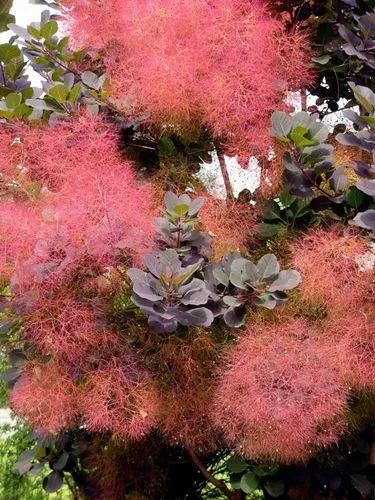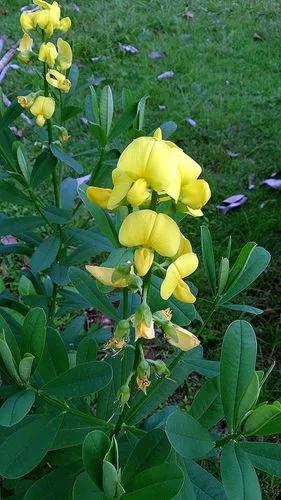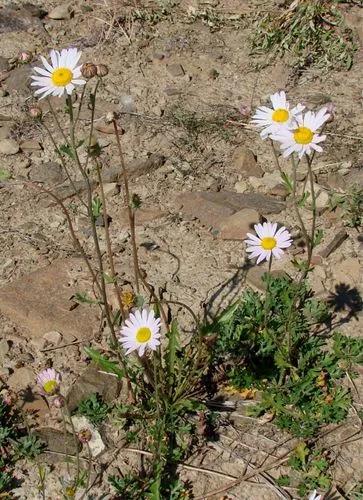Orobanche hederae, the ivy broomrape, is, like other members of the genus Orobanche, a parasitic plant without chlorophyll, and thus totally dependent on its host, which is ivy. It grows to 60 cm (2 ft), with stems in shades of brown and purple, sometimes yellow. The flowers are 10–22 mm (0.4–0.9 in) long, cream in colour with reddish-purple veins.
Ivy Broomrape Care
Orobanche hederae



An amazing, non-chlorophyll producing, parasitic plant, attaching itself to the roots of its host plant without actually harming it. Produces bizarely beautiful, orchid-like, purple-veined cream flowers on wax-like stems.
It is an annual, or perhaps more frequently perennial, plant, probably reliant on self pollination. It has a longer flowering season than any other British broomrape, from late May to October, and is unique in the asynchronous appearance of plants within populations. Invasive in Europe and California.
This plant might be poisonous
How to get rid of:
Remove by hand weeding. Scarification – for masses of small weeds, try scarifying, or lightly cultivating the soil to quickly dislodge and kill the weeds. Works especially well in veggie patches between rows.
How to Care for the Plant

Popularity

10 people already have this plant 2 people have added this plant to their wishlists
Discover more plants with the list below
Popular articles






